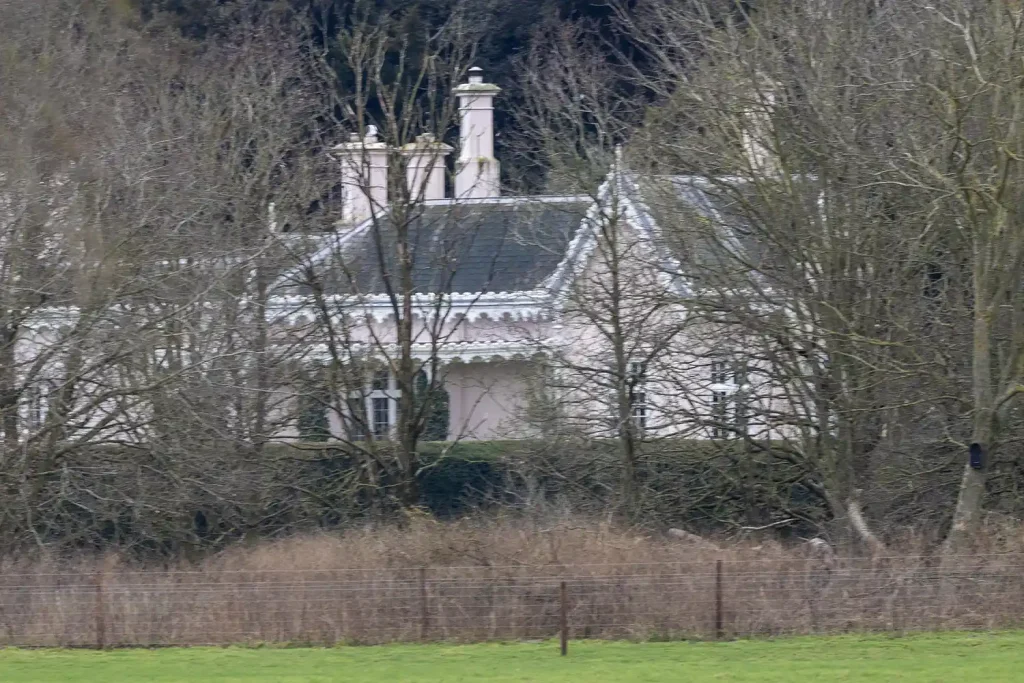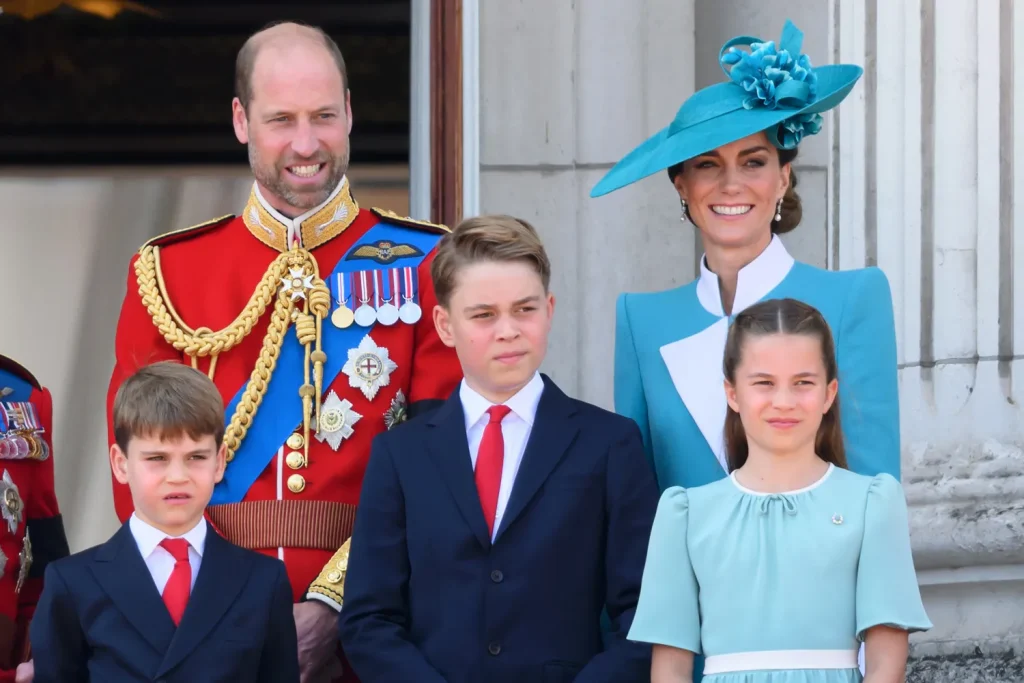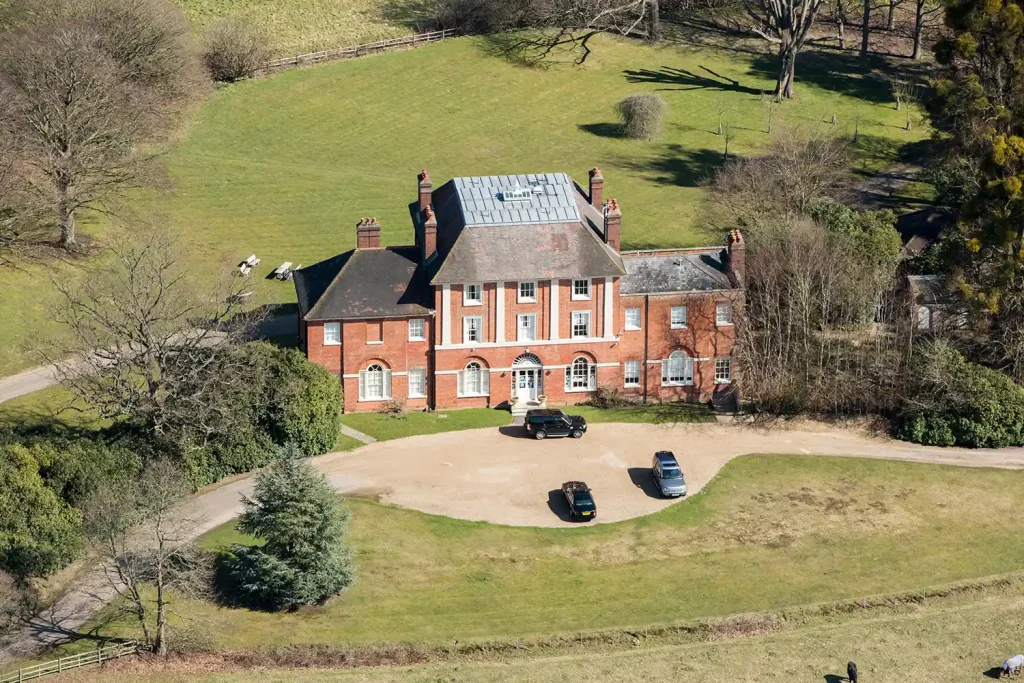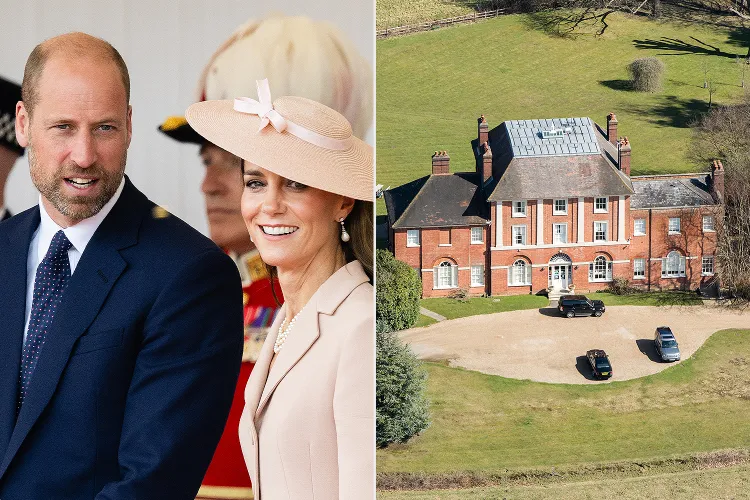Kate Middleton and Prince William Throw Intimate Pub Party at The York Club After Moving Into Their “Forever Home” Ahead of Schedule
Kate Middleton and Prince William have quietly embraced a fresh chapter in their lives, inviting the team responsible for accelerating their move into a heartfelt celebration. The couple, along with their children Prince George, Princess Charlotte, and Prince Louis, recently shifted into Forest Lodge in Windsor Great Park — widely described as their “forever home” — earlier than initially planned. Sources say they hosted a thank-you gathering at The York Club, a members-only pub near their new residence, to honor the builders, designers, and staff whose efforts made the early move-in possible.

The decision to relocate ahead of schedule came amid a period of transformation for the royal couple. Originally slated to move around Christmas 2025, they instead made the transition during their children’s half-term break and secured settlement by Bonfire Night on November 5. According to one source, the pair “very sweetly just wanted to say thank you to everyone who has worked tirelessly to help.”
Forest Lodge, a Georgian eight-bedroom mansion owned by the Crown Estate and situated within the royal parkland, marks a significant upgrade from their previous home at Adelaide Cottage. The move is seen not just as a change of address, but as a symbolic fresh start after a series of personal and public challenges.
While the party may have been small and private, it speaks volumes about the couple’s mindset as they aim to craft a stable, long-term base for their family. It also sheds light on how the modern royals balance royal duties, privacy, and domestic life. Among the guests at The York Club were contractor crews, interior teams, and Crown Estate staff whose intensive work ensured that the Wales family could settle in early and avoid the usual holiday season disruptions.

The move follows what has been described by some insiders as “three really tough years” for the couple. During their time at Adelaide Cottage, they experienced the passing of Queen Elizabeth II, high-profile family transitions, and health battles — including Kate’s 2024 cancer treatment and subsequent remission. The timing of their relocation underscores a desire to shift the atmosphere for themselves and their children, away from tense associations and toward a new chapter in Windsor.
On the evening of the party, the setting at The York Club was described as warm and discreet. Rather than an ostentatious royal event, the mood was intentionally convivial: music, drinks, and light food were served with the couple interacting personally with the team. While details are limited, the tone of the gathering was anchored in gratitude and community rather than spectacle. A local source noted that celebrating at the pub was “their way of marking this milestone with those who helped get them here.”
Behind the scenes, the logistics of the move were anything but typical. Builders worked ahead of schedule, and coordination across design, royal household, and estate management was tight. The decision to host a thank-you event reflects an appreciation for this collective effort — recognizing that even for royals, settling into a home is a collaborative endeavor involving dozens of individuals often unseen by the public. It also provides a glimpse into how William and Kate balance their roles: as public figures with ceremonial duties and as parents seeking domestic normalcy for their children.

From Adelaide Cottage to Forest Lodge, the couple’s home narrative has evolved. Adelaide Cottage was chosen in 2022 to provide a more protected, family-friendly base near Windsor Castle. But according to reports, the property ultimately held associations with challenging times, prompting the move. “Every part of Adelaide Cottage, sadly, had an unpleasant memory,” a source revealed.
Forest Lodge, by contrast, offers space, peace, and a sense of permanence. According to architectural and real-estate data, the mansion dates to the 1770s, was restored in 2001, and stands as a Grade-II listed residence. Its scale and heritage make it a meaningful choice for a family envisioning a long-term stay — even as William’s future ascension looms.
For the local Windsor community and royal watchers alike, the move holds significance beyond bricks and mortar. It signals a recalibrated era for the Wales family: closer to their children’s lives, more rooted in a chosen home, and less tied to transient royal residences. Hosting the party at a local, modest venue like The York Club rather than a grand palace hall underscores that ethos. The message: gratitude, authenticity, and connection.

Of course, even as this chapter opens, there are practical considerations at play. Media reports indicate that the family is paying market rent for the estate and will not employ live-in staff, upholding a more modest and self-sufficient approach. This seems to align with the couple’s broader desire to shape a grounded royal household focused on their children’s well-being.
As the Wales family settles into autumn and the approach of the festive season, the party at The York Club may serve as a personal landmark — a moment of pause, a way to thank those behind the scenes, and a social stepping stone into the next phase. The children, ages 12, 10, and 7 respectively, will now navigate school and family life from a new base, surrounded by the quiet parklands of Windsor. For them, the move is as much about continuity as change.
Looking ahead, the transition suggests that Forest Lodge is intended to anchor the family through a longer horizon — from childhood play in the gardens to formal engagements as William’s responsibilities evolve. Sources describe the house as their “forever home,” and this party is perhaps the first social note of that vision. Whether the future sees further renovations, expanded security, or tailored family spaces, the foundation is now in place.
In a world of highly photographed royal appearances and orchestrated announcements, the decision to keep the celebration intimate reinforces the couple’s nuanced approach. Their offering of thanks — at a local social venue, among the staff who worked quietly but tirelessly — offers a humanizing glimpse into the machinery of monarchy. It also reflects an understanding of people: that home is built not just by those who live in it, but those who make it ready.
For William and Kate, the pub event may not make international headlines, but its implications are far-reaching. It closes a chapter of turbulence, opens one of intentional domesticity, and roots their family in a place defined by gratitude and stability. In a moment defined by change, the party signals something deliberate: they are staying, they are moving forward — and they are bringing with them the community that helped make it possible.



